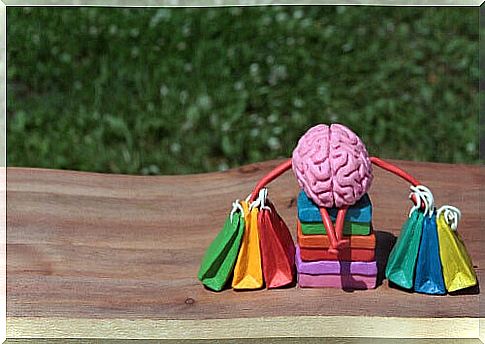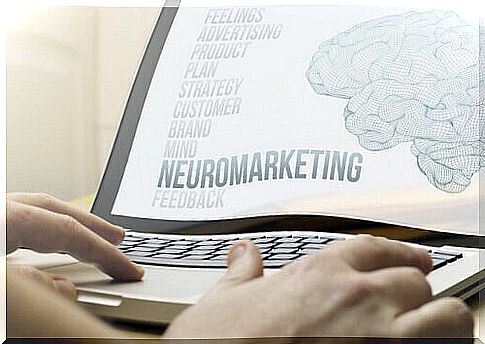Neuromarketing And The Consumer Brain

Advertising, promotional campaigns, persuasion techniques… everything is not enough to improve sales. As if that weren’t enough, a discipline focused on the study of the consumer’s brain has recently emerged : neuromarketing.
In the capitalist system we live in, being able to sell more and better is one of the bases of the economy. Therefore, companies make great efforts to get us to buy their products.
Neuromarketing is a combination of the study of customer habits and modern neuroscience. Thanks to this article, we currently have a lot of information about what goes on in our minds when we go shopping.
In this article you will discover some of the most important discoveries.
What does neuromarketing study?
However, in recent decades there have been great advances in understanding different aspects of the human mind. That’s why we currently know a lot more about elements like memory, perception and motivation.
On the other hand, thanks to advanced neuroimaging techniques, we are also able to better understand how the consumer’s brain works. Together, these two knowledges give rise to neuromarketing: a science that has revolutionized the sales methods of large companies.

Applying all the discoveries in this discipline, stores are using our brain’s biases to achieve several goals:
- Create more attractive products.
- Improve brand image.
- Differentiate your own products from your competitors’ products.
- Modify the buying environment to increase sales.
- Increase the benefits achieved.
Therefore, the study of the consumer’s brain has become a valuable source of knowledge for sales. In this text you will find some of the most common applications of neuromarketing discoveries.
1- Shopping cart design
Have you ever wondered why the wheels of some supermarket shopping carts look crooked? Strangely enough, this feature was purposely implemented.
By diverting the cart towards the shelves, it was found that people tend to focus more on the products that are displayed on them and, consequently, end up shopping more.
This is not the only feature of shopping carts inspired by the study of the consumer’s brain. Size is also important: because of the way our mind works, we tend to want to fill whatever container we are carrying.
For this reason, the larger the cart size, the more money we will spend.
2- Disposition of supermarket products
Another practical application of neuromarketing is the design of stores and product shelves. Because of the way our brain works, we tend to choose what’s most visible (even if it’s just so we don’t have to squat…).
Thus, an important point is the height of the products on the shelves. Techniques such as pupil movement mapping have found that we tend to buy what is at eye level.
For this reason, the most expensive marks are usually at the height of our face, while the unknown marks are below.
On the other hand, staple foods are usually at the end of the store. Thus, to acquire them, we have to go through a multitude of corridors that catch our attention. We usually end up buying a lot more than we initially needed.

Effects of these techniques on the consumer’s brain
When reading about neuromarketing techniques applied in the sales world, you may be wondering where consumers’ free will lies in all of this. How easy is it to manipulate us into buying a particular product?
This question is precisely the focus of some studies conducted by R. Mark Wilson, Jeannie Gaines, and Ronald Paul Hill; unfortunately, the answer is not entirely clear.
However, as in the field of persuasion, we know that these techniques have a greater effect when we don’t pay much attention to what we are doing, as happens, for example, when we are in a hurry.
So, if you want to avoid falling into the neuromarketing networks, it ‘s best to spend some time shopping, take a list and try to follow it as strictly as possible. It is also recommended to go without hunger, to reduce the temptation to buy unnecessary calorie products.
These little tricks can make the difference between a purchase controlled by your needs and a purchase controlled by the store that sells the products.









